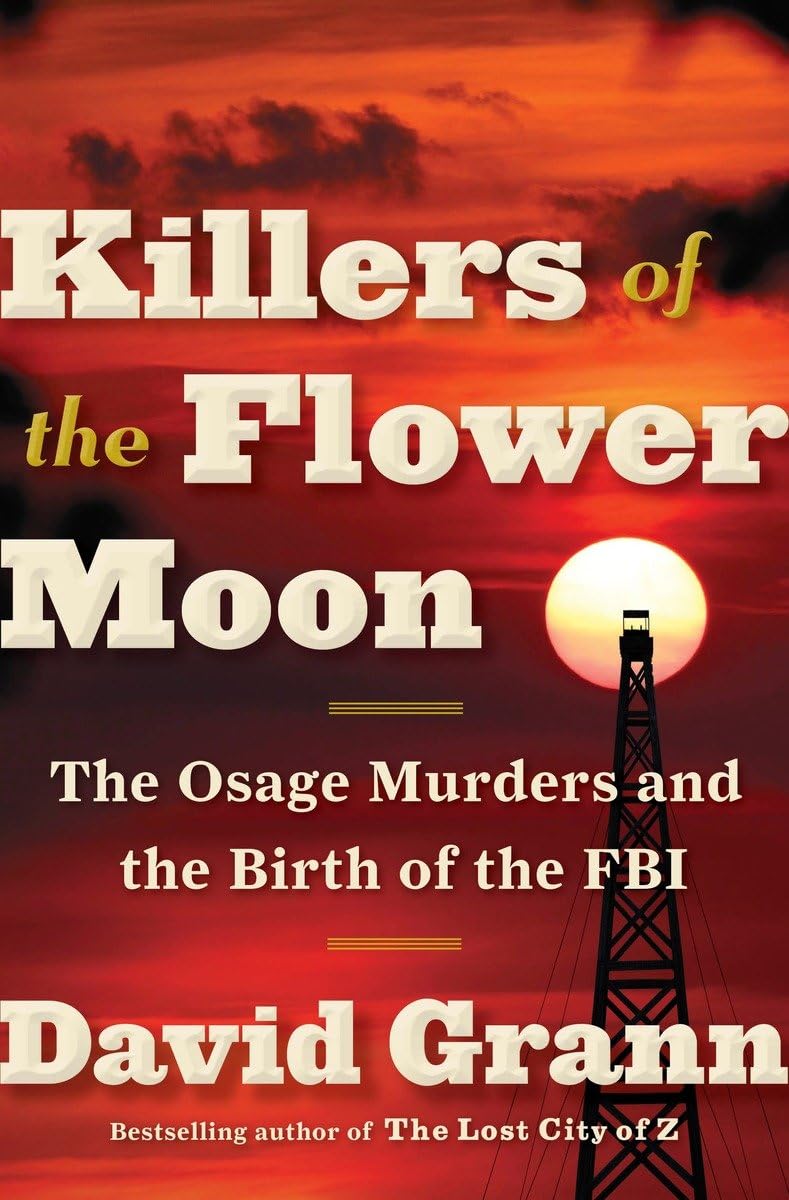Chapter 20: So Help You God!
byDuring the scorching summer of 1926, the city of Guthrie, Oklahoma, became the epicenter of a highly anticipated trial against William K. Hale and John Ramsey for the murder of Henry Roan. So Help You God!—a phrase echoing through the courtroom—underscored the gravity of this case, which was more than just a legal battle; it symbolized the culmination of years of violence and betrayal suffered by the Osage Nation. The Tulsa Tribune captured the significance of the moment, describing the proceedings as part of a larger, tragic narrative that had devastated the Osage people, exposing deep-seated corruption and injustice.
From the outset, the case faced immense obstacles, including witness intimidation, bribery attempts, and widespread doubt over whether an all-white jury would hold fellow white men accountable for killing a Native American. Despite the mounting evidence against the accused, skepticism clouded the trial, as many questioned whether justice could truly be served in a system built on racial inequality. The courtroom atmosphere was tense, with every testimony revealing the shocking extent of the conspiracy to defraud and murder Osage landowners for their wealth.
The prosecution, led by John Leahy, aggressively laid out the intricate web of deceit and brutality orchestrated by Hale and his accomplices. Leahy argued that the murders were not isolated acts of violence but part of a systematic extermination plan designed to exploit the Osage for financial gain. On the other side, the defense worked relentlessly to shift the narrative, denying the allegations and attempting to discredit the government’s witnesses, including those who had firsthand knowledge of the crimes.
One of the most damning moments of the trial came with Ernest Burkhart’s testimony, which exposed the shocking tactics used to carry out the murders. His chilling account described how his uncle, Hale, preferred poisoning moonshine over using guns, ensuring that victims perished in ways that would arouse less suspicion. This revelation underscored the calculated cruelty of the plot, highlighting how greed had driven men to methodically eliminate Osage family members to inherit their oil-rich land rights.
Despite the overwhelming evidence, the initial trial ended in frustration and disappointment, as the jury failed to reach a unanimous verdict. Many suspected that bribery and corruption had influenced the deadlock, reinforcing the deep-rooted racial prejudices that had allowed such crimes to go unpunished for so long. This failure was not just a setback for the Osage, but a glaring indictment of a legal system that often favored criminals over Indigenous victims.
Refusing to accept defeat, federal prosecutors pushed for a retrial, determined to achieve justice for the Osage people. This time, their efforts paid off, as Hale and Ramsey were convicted and sentenced to life in prison—a ruling that, while not the death penalty some had hoped for, was still a significant legal victory. The New York Times recognized the case as a landmark moment in American justice, acknowledging that it marked a rare instance of white men being held accountable for crimes against Native Americans.
Beyond the legal outcome, the Osage murders exposed the systemic flaws in American law enforcement and the broader racial injustices ingrained in society. These cases forced the nation to confront the reality that entire communities had been preyed upon by those who sought to profit from their suffering. While the convictions of Hale and Ramsey offered some measure of justice, the damage inflicted upon the Osage people—both financially and emotionally—could never be fully undone.
The case also played a pivotal role in shaping the future of the FBI, solidifying its reputation as a formidable crime-fighting agency under the leadership of J. Edgar Hoover. Keen to highlight the bureau’s role in solving the case, Hoover ensured that the FBI’s involvement was widely publicized, reinforcing the idea that federal intervention was necessary to combat corruption in state and local governments. However, the Osage people knew that true justice extended beyond the courtroom—it required ongoing efforts to reclaim their dignity, preserve their history, and ensure such atrocities never happened again.
Even as the headlines faded, the Osage murders left a lasting scar on American history, serving as a haunting reminder of how greed, racism, and unchecked power had led to the systematic targeting of an entire community. The tragedy also ignited conversations about Native American rights, federal oversight, and legal reform, influencing policy changes in the decades that followed. Though the Osage people had finally seen some of their oppressors brought to justice, the scars of this dark chapter would remain for generations, a testament to the resilience of a community that refused to be erased.


